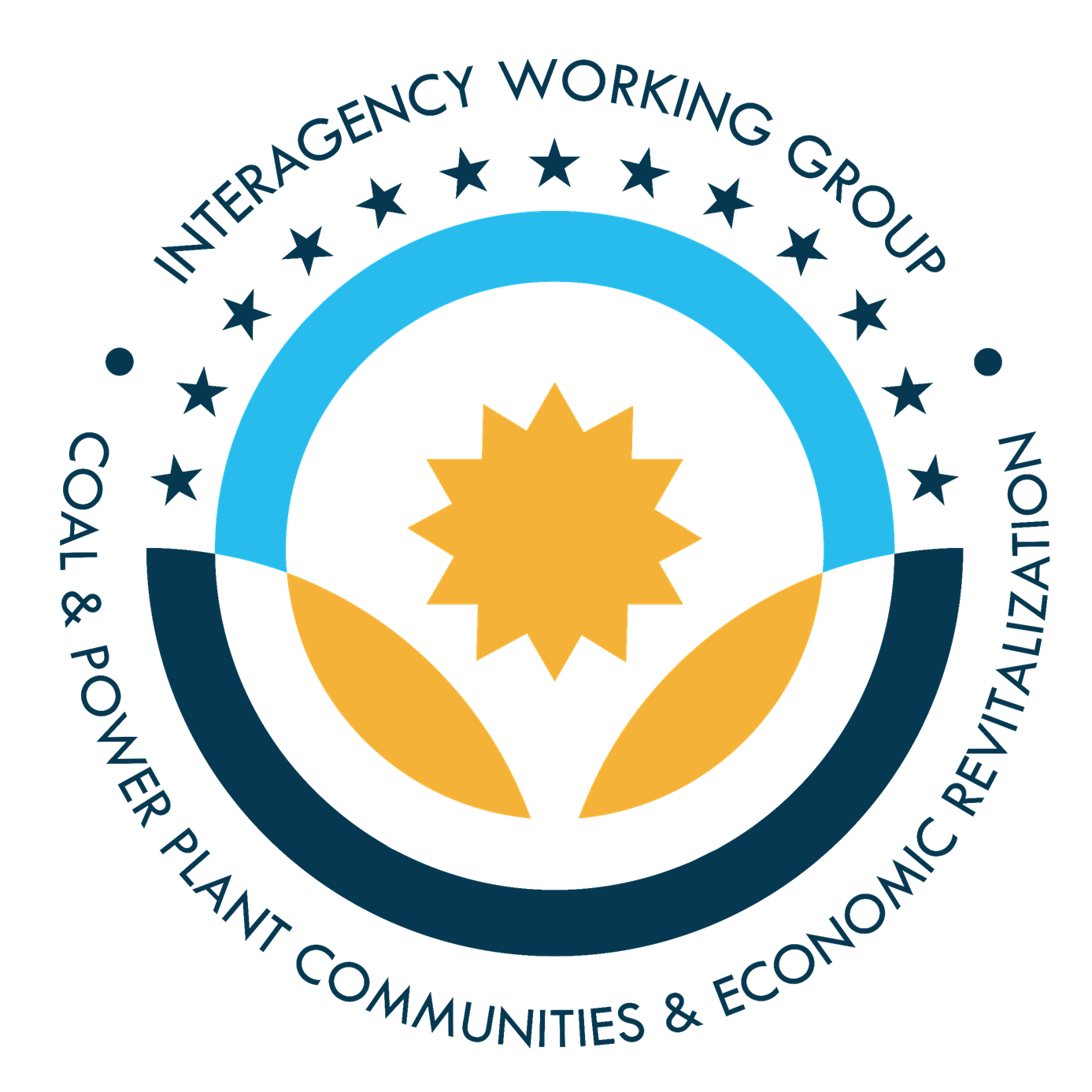Initial Report to the President on Empowering Workers Through Revitalizing Energy Communities
President Biden is committed to providing federal leadership in partnership with coal, oil and gas, and power plant communities to create good-paying union jobs, spur economic revitalization, remediate environmental degradation, and support energy workers.
On January 27, 2021, President Biden signed Executive Order 14008, “Tackling the Climate Crisis at Home and Abroad,” establishing an Interagency Working Group on Coal and Power Plant Communities and Economic Revitalization. The Interagency Working Group is co-chaired by the Director of the National Economic Council (NEC) and the National Climate Advisor, and administered by the Secretary of Energy.
As a first step, the Executive Order directs the Interagency Working Group to prepare an initial Report describing, “mechanisms, consistent with applicable law, to prioritize grantmaking, federal loan programs, technical assistance, financing, procurement, or other existing programs to support and revitalize the economies of coal and power plant communities.”
This initial Report represents the Interagency Working Group’s first steps toward advancing the mandate set out in Executive Order 14008. The Interagency Working Group drew upon the direction of the President’s Executive Order, reviewed domestic and international models for economic revitalization, compiled recommendations from advocacy groups and academics, and sought guidance from representatives of Energy Communities. Stakeholders included labor unions; community development organizations; local, regional, and tribal governments; the private sector; and philanthropic interests.

Specifically, the Report identifies:
A set of communities across the country hard-hit by coal mine and coal power plant closures, which should be prioritized for focused federal investment.
-
The Interagency Working Group will promote job-creating investments in communities already impacted by coal mine and power plant closures and will also be pro-active, investing now in the communities likely to be impacted by additional, near-term declines in coal production and generation from coal-fired power plants.
-
The Report identifies the 25 most impacted regions for coal-related declines for the Interagency Working Group to focus on most immediately as priority Energy Communities. In addition, we identified a broader set of energy impacted communities for the Working Group to focus on stemming from the longer-term declines anticipated from the clean energy transition.
-
These communities include workers directly employed in coal mining and power generation, and also the workers in related jobs in logistics and services, residents who are dependent on coal-related tax revenue to fund schools, fire houses, police stations, and infrastructure—as well as fenceline communities and other communities impacted by environmental and health effects of fossil energy generation.
Existing federal programs with potentially available funding totaling nearly $38 billion which could be used to provide immediate investments in Energy Communities.
-
Grant funding for infrastructure projects, including, roads, broadband, water and sewer system improvements, and local transportation—creating immediate good-paying union jobs and laying the foundation for economic development.
-
Resources to deploy innovative low-carbon technologies on power plants and industrial facilities—capitalizing on technological advances to prepare traditional energy infrastructure for the clean energy economy.
-
Financing and grant funding programs to remediate abandoned mine lands, orphaned oil and gas wells, mine-impacted water, and brownfields—restoring natural assets and curbing toxic emissions that pose serious safety hazards and cause air and water contamination.
-
Funding for small businesses, community development financial institutions, local non-profit organizations, and economic innovation hubs—supporting the local economic infrastructure necessary for economic revitalization.
-
Grant funding for regional economic development aligned workforce development—enabling Energy Communities to prepare workers for new markets and industries.
Immediate steps the Interagency Working Group should take within the next year to support Energy Communities.
-
Immediately align the work of the Interagency Working Group with other federal efforts to direct investment to disadvantaged and environmental justice communities.
-
Within three months, launch a series of town hall meetings with senior Administration officials in Energy Communities, to both listen to the concerns of key constituencies and identify federal resources communities could immediately access.
-
Within three months, recommend whether a formal Energy Community advisory group comprised of key constituencies—including labor unions; state, local, and tribal officials; environmental justice organizations; community groups; and others—should be created to support activities of the Interagency Working Group.
-
Support good-paying, union job-creating investments in priority Energy Communities.
-
Engage key federal resources, including the National Labs and the National Academies, to provide regular reports to the chairs of the Interagency Working Group and the President on the progress of federal efforts to revitalize Energy Communities.
-
Within one year, establish and expand efforts to create a “one-stop shop” for Energy Communities seeking access to federal resources, and identify mechanisms to coordinate the activities of federal agencies and the delivery of federal resources to reinforce the economic revitalization goals of the Interagency Working Group.
-
Within one year, prepare a follow-up report recommending changes to federal policy and programs to enhance federal capabilities to deliver economic revitalization to Energy Communities.
The Interagency Working Group will build on these findings and work with stakeholders inside and outside of the federal government to foster economic revitalization in Energy Communities.




